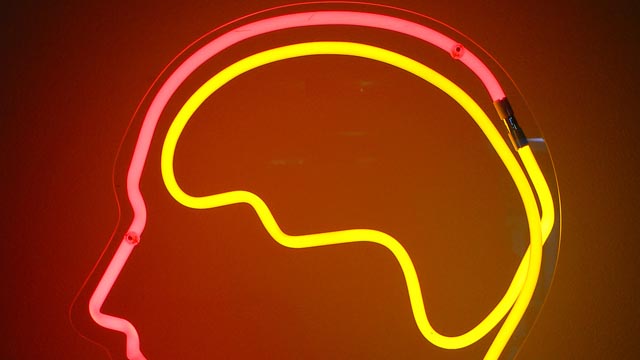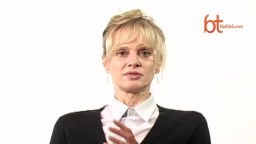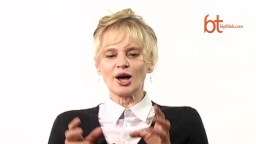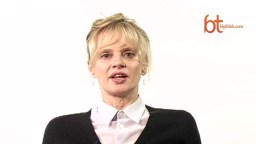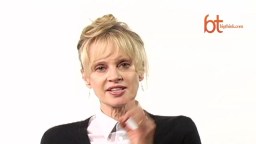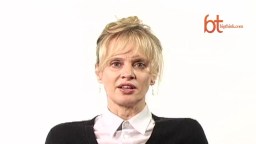Siri Hustvedt
Novelist
Siri Hustvedt is the author of four novels, a book of poetry, and a number of short stories and essays. She is the author of "The Blindfold" (1992), "The Enchantment of Lily Dahl" (1996), "What I Loved" (2003), and "The Sorrows of an American" (2008).
Hustvedt has had migraines and their accompanying auras since childhood and has long been fascinated by psychoanalysis, neurology, and psychiatry. In recent years, with the explosion of research on the brain, she has become increasingly absorbed by neuroscience. Her most recent book, "The Shaking Woman or A History of My Nerves" (2010), is a "neurological memoir," both a personal account of Hustvedt’s experience as a patient and an exploration of the ambiguities of diagnosis through the lenses of medical history, neurology, psychiatry, psychoanalysis, and philosophy.
Hustvedt has had migraines and their accompanying auras since childhood and has long been fascinated by psychoanalysis, neurology, and psychiatry. In recent years, with the explosion of research on the brain, she has become increasingly absorbed by neuroscience. Her most recent book, "The Shaking Woman or A History of My Nerves" (2010), is a "neurological memoir," both a personal account of Hustvedt’s experience as a patient and an exploration of the ambiguities of diagnosis through the lenses of medical history, neurology, psychiatry, psychoanalysis, and philosophy.
The brain-as-computer model of the mind will be replaced by an organic model, in which the brain is embodied—part of a whole, dynamic, living organism.
Siri Hustvedt recommends an “extraordinary, unusual little book.”
▸
2 min
—
with
The novelist on having a fellow author (Paul Auster) as a spouse, and the state of mind that’s essential to good writing.
▸
5 min
—
with
The “crossing of senses,” in perception and memory, was once considered too strange to study. Now scientists suspect it’s universal, at least in infancy.
▸
3 min
—
with
Studying a humiliating memory from her own childhood convinced the author that we “place” what we remember, and vice versa.
▸
4 min
—
with
The author once had a weird, wonderful vision induced by a migraine, but believes other hallucinations are common variations of pathologies.
▸
4 min
—
with
How the emerging science of neuropsychoanalysis is reviving Sigmund Freud’s old project: analyzing the subjective experience of the individual mind.
▸
4 min
—
with
The bizarre seizure that struck the author at her father’s memorial service launched her on an exploration of neurology, psychology, and the ancient study of buried memory.
▸
11 min
—
with
A conversation with the novelist and author of “The Shaking Woman.”
▸
32 min
—
with
